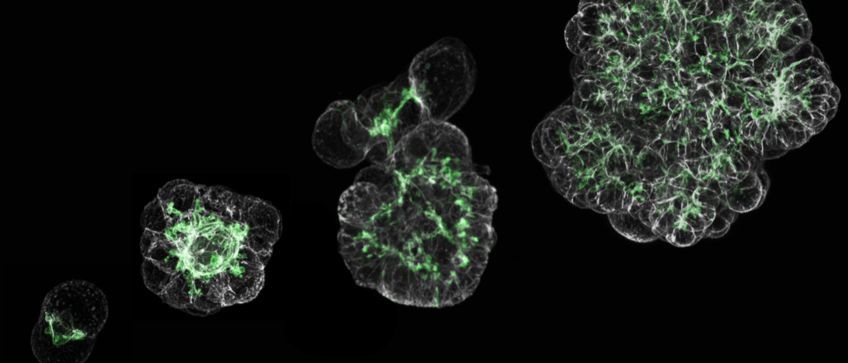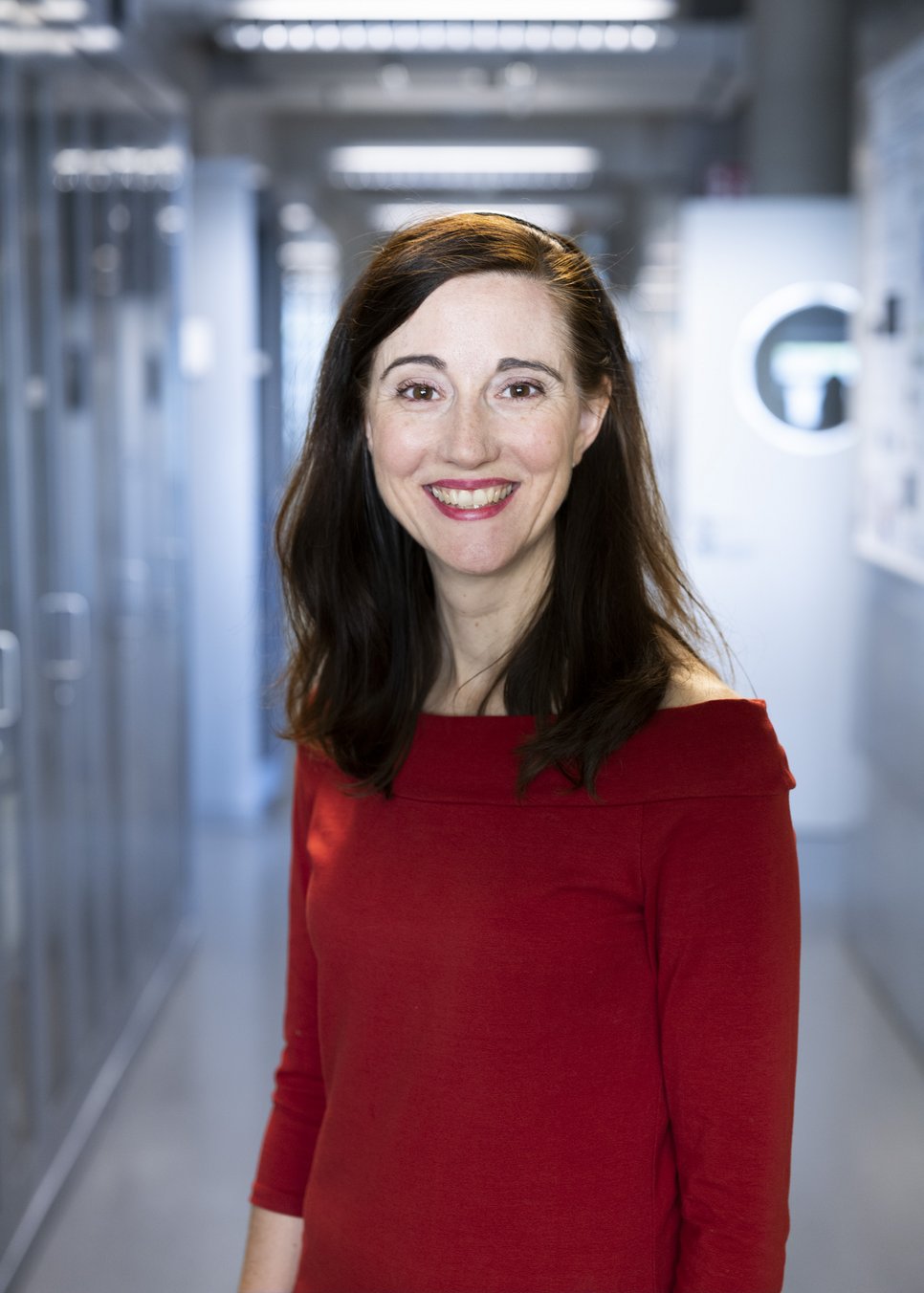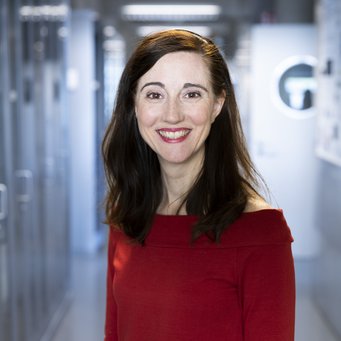
Biology
The Research Mission of the IMPRS is advancing our mechanistic understanding of how cells form tissues. For that, it is essential to explore how information encoded in the genome translates into the emergent properties of a cell, how these properties determine specific cell fates and behaviors, and how these relate to tissue complexity. The IMPRS groups focusing on this area delve into several specific sub-disciplines of Biology:
- Molecular mechanisms at the sub-cellular level
- Genetic and cell biological control of cell shape, cell fate determination, and cell division and collective behaviours
- Cell fate and pattern formation during development, regeneration and disease
- Organogenesis, morphogenesis and their evolution
We bridge scales by studying biological phenomena at multiple levels, from single molecules to organelles and cell types, to the collective behavior of cells in tissues, organs, and organisms. To unravel these complex biological processes, IMPRS scientists combine molecular biology and systematic genome-wide approaches with theoretical insights from physics, mathematics, computer science, and chemistry. They employ a variety of model systems, including flatworms, C. elegans, Drosophila, Tribolium, zebrafish, mice, and a variety of embryo-like and organoid models including pancreas, liver, small intestine and placenta.
With the development of human organoid models, pioneered by some of the groups in the program, we now have an unprecedented opportunity to study how cells form tissues and the emergent properties of living systems in a human context. Additionally, our ever-expanding repertoire of animal and cellular models allows us unveil which of these emergent properties are universal and which are species-specific.
Our research is embedded in the collaborative environment of MPI-CBG, the Center for Systems Biology Dresden (CSBD), and the Max Planck Institute for the Physics of Complex Systems (MPI-PKS). Achieving success necessitates combining this field of Biology with the other fields of the IMPRS program Chemistry and Biochemistry, Biophysics, Molecular Condensates and Mathematics Computation and AI to address some of the most challenging problems in biology.
Research Group Leaders Involved
The research group leaders (RGLs) principally involved in Biology include Anne Grapin-Botton · Claudia Gerri · Meritxell Huch · Tony Hyman · Rita Mateus · Andre Nadler · Johnathan Rodenfels · Sandra Scharaw · Andrej Shevchenko · Jacqueline Tabler · Pavel Tomancak · Jesse Veenvliet · Marino Zerial
Click Here for the Full List of Research Groups & Fields!

Meritxell (Meri) Huch: “How are embryos and full organisms formed? How they get a particular shape? How we repair tissues into new same akin type and not make any other tissue instead? and why sometimes we get a scar instead of a repaired tissue? How do cells sense the internal or external signals and decide to undergo a particular behaviour? What are the molecules and cellular organelles involved in any of these processes?
These, and related questions, are still all black boxes on our knowledge and require approaches that expand across multiple biological scales, from molecules to tissues and organisms. Recent advances in genomics, proteomics, metabolomics, spatial analysis, microscopy and quantitative methods combined with new model organisms, ex-vivo embryo and organoid models, open up unprecedented opportunities to get comprehensive answers to these questions.
Personally, I am very excited with the wide range of model systems we use in the program from tiny worms to mouse models and human organoid models because it allow us, for the first time, to answer the question what is universal and common across the tree of life and what makes us humans.”
